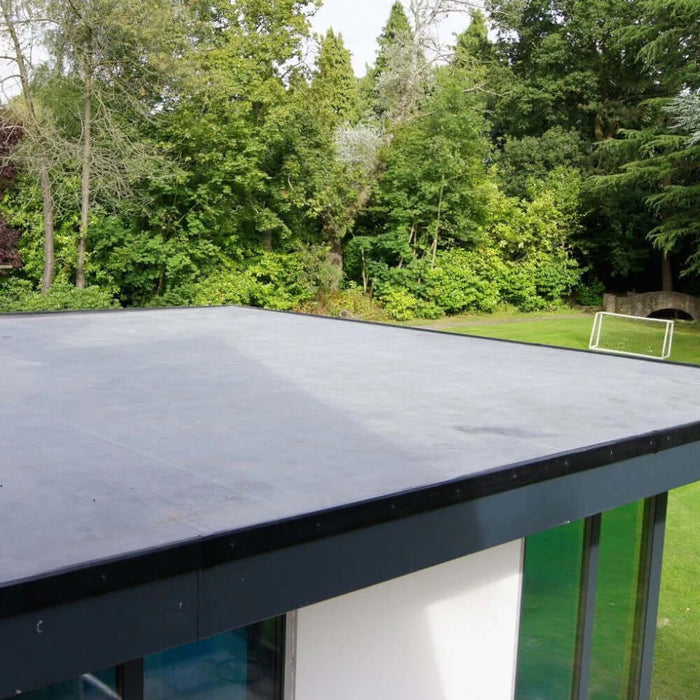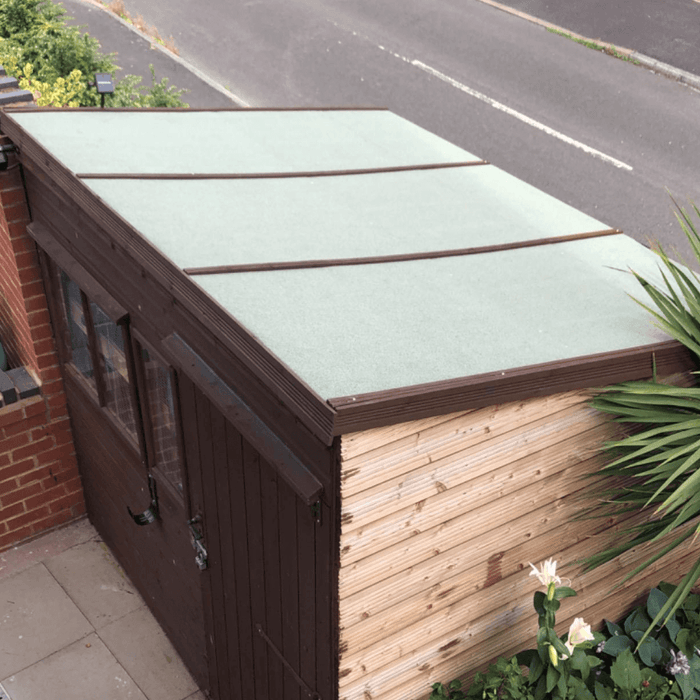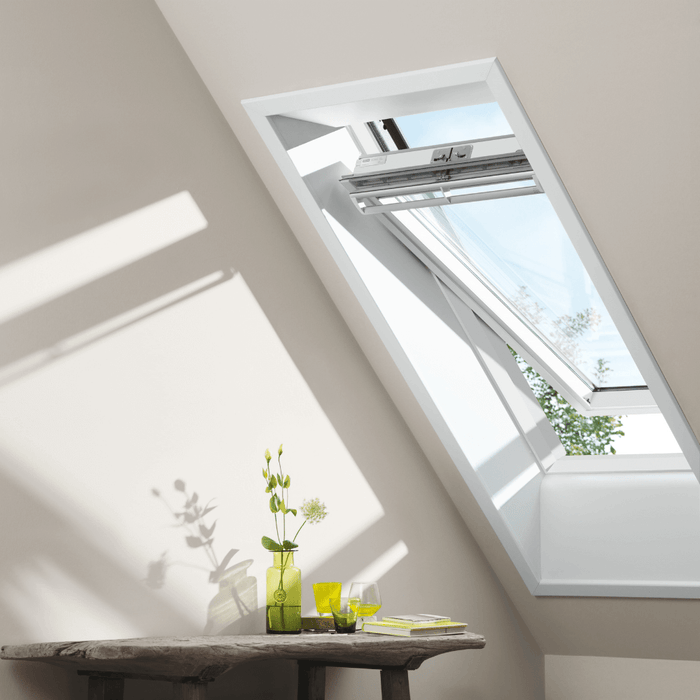Are you unsure of the difference between a chimney cowl and a bird guard, or perhaps confused by terms like chimney cap and rotorvent?
Whether you’ve recently moved into a new home or are renovating an older property, understanding the purpose of these chimney accessories is crucial. Installing the right solution can help maintain a healthy chimney, improve fire efficiency, and prevent safety hazards.
Here’s a professional guide to the different types of chimney cowls and bird guards, their uses, and how to choose the right one for your needs.

Chimney Cowls vs. Bird Guards
What is a Chimney Cowl?
A chimney cowl is designed primarily to prevent rain from entering your chimney. Rainwater entering the chimney can lead to dampness and mould, potentially damaging your home. Whether you’re living in the property, renovating it, or maintaining a holiday home, keeping rain out of your chimney is essential.
An anti-downdraught chimney cowl is another useful option. It helps improve the chimney’s draw, preventing wind from pushing smoke and fumes back into your home. This ensures a safer and more efficient fire.
However, it’s important to note that a standard chimney cowl does not always keep birds and wildlife out of the chimney. For this purpose, a bird guard may be required.

What is a Spinning Chimney Cowl?
A spinning chimney cowl features a rotating top with fins that spin when exposed to wind. This creates a suction effect, improving the draw within the chimney.
Spinning chimney cowls are particularly effective if your fire struggles to ignite or if smoke lingers in the fireplace due to poor draw. They help hot air and fumes escape efficiently, reducing downdraught and enhancing fire performance.
However, spinning chimney cowls should only be used with stoves that have a weak draw. Using them on stoves with a strong draw can lead to overfiring, which may cause damage.

What is a Bird Guard?
Bird guards are designed to prevent birds and small animals from entering your chimney. Birds can cause significant damage by building nests, which may block the chimney, leading to fire risks or carbon monoxide buildup.
Bird nests typically consist of sticks, twigs, and debris, and over time, an unswept chimney can become completely obstructed. In extreme cases, birds may become trapped and die inside the chimney, causing unpleasant odours.
A bird guard prevents these issues by keeping wildlife, leaves, and other debris out of your chimney. Many bird guards also feature a metal mesh and a solid cap, offering protection similar to a chimney cowl.

What is a Chimney Cap?
A chimney cap is used to seal off disused chimneys, preventing rain, birds, and animals from entering. These caps are not suitable for active chimneys with a functioning fire or appliance.
If you’ve moved into a new home, ensure there is no chimney cap present if you plan to use the fireplace.

By understanding the roles of chimney cowls, bird guards, and chimney caps, you can make informed decisions to protect your chimney, improve your fire’s performance, and enhance the safety of your home.
Here at Ashbrook Roofing Supplies, we offer a wide variety of Chimney caps, cowls and birguards to suit all chimneys. You can view our selection here: Bird Guards & Chimney Cowls — Ashbrook Roofing Supplies LTD















